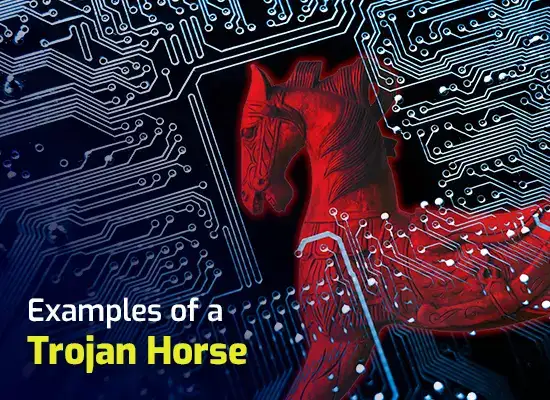How to Find Trojan on Computer and Deal With It?
 Organize directors are encountering troubles with how to discover trojans on computers. A trojan horse infection could be a kind of malware that veils itself as a genuine program download or other PC-related application. A trojan horse infection can moreover stow away in banner ads, location joins, or pop-up notices. That’s why indeed a few specialists don’t know how to discover trojan on a computer.
Organize directors are encountering troubles with how to discover trojans on computers. A trojan horse infection could be a kind of malware that veils itself as a genuine program download or other PC-related application. A trojan horse infection can moreover stow away in banner ads, location joins, or pop-up notices. That’s why indeed a few specialists don’t know how to discover trojan on a computer.
When it enters your PC, the trojan horse virus can execute an combination of malicious acts, which can incorporate downloading additional malware, taking control of your PC, and changing its settings.
HOW TO FIND TROJAN ON COMPUTER? — ORIGIN OF THE VIRUS
A trojan horse virus is created by cybercriminals who are sophisticated in PC programming. This kind of malware can be modified to perform any malicious act you can think of. Since a trojan horse virus must be running before it can do any harm to your PC, it usually originates from the web and hides behind software applications. Besides showing itself in your PC, it can also go through USB peripherals and then install itself on different PCs from those devices. This is one way of how to find trojan on computer.
A trojan horse virus isn’t intended to taint different PCs, however. Most of the time, they’re the result of a targeted attack by a malware developer to compromise data on PCs of a selected group of users of a particular site. Since trojan horse files often copy real system files, you may not know how to find trojan on computer and eradicate it, even with a virus removal guide. Thus, you should use specialized software tools to identify and expel hard-to-find trojan horse viruses.
IDENTIFYING A TROJAN
The primary sign that a trojan horse virus has entered your PC is that your PC will act peculiar.
Antivirus
A trojan horse virus can disable your antivirus program and deny you access. You won’t be able to find a way to remove the malware.
Screen
The screen will flip around for no reason. The screen color will change, along with the screen resolution.
Browser
The landing page on your browser will alter. Once you try to get to a location, you may get diverted to another location that’s advancing a few sort of offer.
Taskbar
You will notice changes in your taskbar. Sometimes, the taskbar vanishes altogether.
Task Manager
Unknown programs will start to run in the task manager.
Pop-Ups
Pop-ups will start to show up on their own. It will promise a way for you to fix mistakes if you click on the pop-up. Often, if you click, it downloads more malware into your PC.
Your email client may begin sending messages to your contact list as spam. The messages typically contain malware and entice the recipient to click so the malware can install itself on their PC.
Wallpaper
The wallpaper on the desktop may change, along with desktop applications and other format schemes for icons.
BACK UP BEFORE SCANS
Backing up your PC before a scan may sound useful; after all, you don’t want significant files to be removed alongside the infections.
While backing up can seem helpful before a trojan horse virus scan, be cautious of what you’re backing up. The last thing you want is to put all your PC files in a backup, delete the infections, only to have them be in the backup and return upon restoration.
Unfortunately, unless you know exactly what on your PC is infected, you won’t know what can be safely backed up and what should be left on your PC for the malware scan.
Something you’ll be able do to guarantee that your most important files are spared is to back them up on the internet or duplicate them to an external drive. But leave most of your files where they are. It’s impossible that the virus check alone will corrupt your files, in any case.
Xcitium Another way of how to find trojan on computer without losing all your files is to run a virus scan on your PC and then back up anything you need. Should something be discovered, observe which files are infected. After that, erase or scan the backed-up files as well. This will guarantee that the threats are gone from both the backups and the original files.
Related Resources


